Cyberpunk 2077 – what to expect from the RPG made by The Witcher 3 creators?
Although Cyberpunk 2077 has occupied a place in our minds for more than four years now, there’s literally no information pointing to what the new CD Projekt RED game is going to be. Still, there are sources allowing us to make certain assumptions.
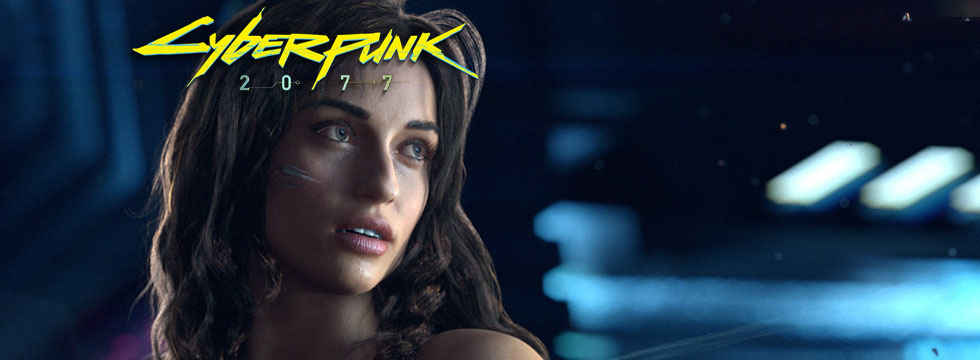
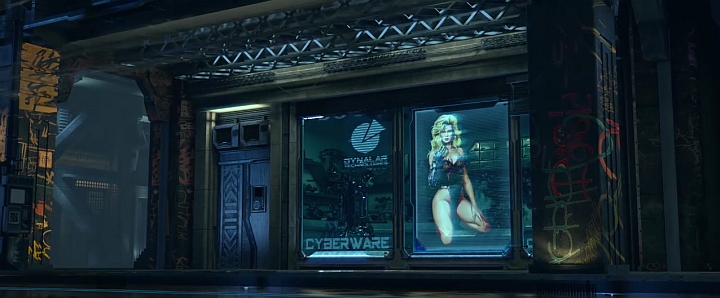
In the field of triple-A games, cases such as Cyberpunk 2077 are few and far between. Entertain the following idea for a second: how many developers decide to announce a project just to keep it in the cellar for the next five years, feeding us mere shreds of information and convincing people that the work is still in progress? Even Mass Effect: Andromeda, which hasn’t really been a high-profile project during the four years since its announcement (similar time span as Cyberpunk’s), cannot hold a candle to CD Projekt RED’s secrecy.
A cyberpunk Warhammer
When looking back, it’s hard to resist an indulgent smile at the thought of Cyberpunk’s announcement; over a dozen months after the release of – structurally linear – The Witcher 2, the word was out that the new RPG would be set in an open world, and it did sound impressive at the time. That was back in October 2012, a few months before The Witcher 3 was announced – which was designed exactly like that and, as you probably already know, it did a great job featuring an open world. Today I could hardly imagine CD Projekt RED taking a step backwards and revisiting a world based on closed locations.
The initial announcement, recent gossip, and especially the tabletop RPG textbooks, leave no room for speculation – the events of Cyberpunk 2077 will unfold in a vast, open city. And not just any city, but the Night City – the biggest agglomeration of the dark, gritty world created by Mike Pondsmith; a place filled with danger and technological wonders, the capital of thugs, gangs, liars, politicians and mega corporations, all of them fighting for control over the anarchy-ridden world, or rather its pitiful remnants that somehow survived years of wars and ecological disasters.
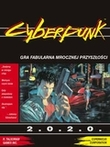
Three Cyberpunks
Establishing the canon principles of the world and mechanics of Cyberpunk is quite an issue. The system consists of three separate sets of rules, where the latter two (2020 and 203x, sometimes referred to as v3) seem to be equally important to the fans. In theory, the newest edition ought to be the one to rule them all, but some players are especially fond of 2020… The affection is so strong that Mike Pondsmith himself refers to that version in a couple of articles published on Cyberpunk 2077’s official blog a while back.
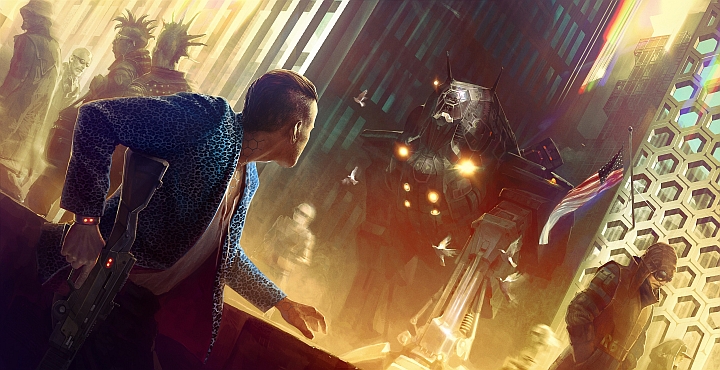
Let’s not forget that Night City is no ordinary metropolis. While in the 2020 manual it is a fairly “normal” city inhabited by some 5 million people, the 203x edition introduces substantial changes: Night City is an outrageously huge urban system, encompassing almost the entire West Coast (rogue self-replicating construction nanobots are to be blamed for that). However, people don’t live in every part of this leviathan of a city – some areas are densely populated, containing multi-story urban hubs; others are virtually empty – there are not many people who choose to live in a junkyard, waste yard, or a mafia-war-yard. Or in post-nuclear ruins too, for that matter.
The Net
Another characteristic feature of this universe is the dualistic reality. The material world is only one of the “planes of existence” – the other one is the virtual reality or the Net. Contrary to, say, Deus Ex, here the cyber-reality is more tangible and more dangerous – if Matrix is your first association, then you’re on the right track. The Netrunners – the hackers of the future – dash through the glowing realm of zeros and ones, and fight for valuable information with software and/or Net police, risking their sanity, life and freedom, since it’s possible that their “self” will be trapped forever in the never-ending limbo of the digital world. Will the Net, in one form or another, be included in 2077? It’s a no-brainer.
When thinking about the atmosphere itself, we have to bear in mind that it’s, above all, extremely dark and gritty. “That’s nothing new!”, I hear you say. The “Witcherland” was dark fantasy all the way. Still, the difference in proportions is as huge as the gap between The Witcher and Warhammer. While the former has its share of racism and moral issues, the latter is a different song altogether: in Warhammer, all moral values and principles have been eradicated or warped beyond recognition; a single person, living their day to day, is not even familiar with the notion of “a better tomorrow” – they have to be ready to fight for survival and defy the society if they don’t want to be a simple pawn on the chessboard of endless clash of divine forces. It’s sort of what happens in the universe of Cyberpunk. Compared with it, Deus Ex’s world is almost optimistic.
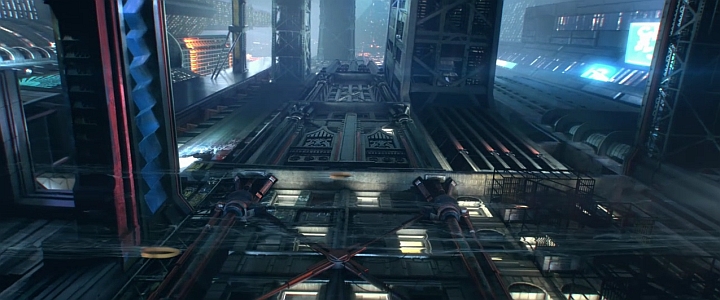
Although the RPG manuals are a great source of information, let’s not forget that the new game by CD Projekt RED has the number “2077” in its title. The universe created by Mike Pondsmith only reached the 2030s, so guys at CD Projekt RED have A LOT of room to maneuver in terms of world building and the next decades of Night City. Has the city grown bigger still? Was this a time of relative peace, or has it been plagued by corporate wars? Any significant technological leaps? More gloom and darkness? The iconic elements of the Cyberpunk system will surely make it into the game intact, but variables are as numerous.
Cyberpunk GTA?
What sort of gameplay should we expect in Cyberpunk 2077? This is a fascinating topic for speculation. A couple of years ago CD Projekt RED teased the implementation of both first- and third person perspectives in the game, which brings Deus Ex to mind. However, even if this idea remained in the game design until today, I would expect something rather different than the mechanics known from the game by Eidos Montreal. After all, those will be two totally different games: there’s a world of difference between an open universe and one with closed locations, especially if it will be possible to venture beyond the concrete jungle.
Recent job openings on CD Projekt RED’s website can make our collective imagination run wild, and seem to indicate that there will be a range of vehicles available in Cyberpunk 2077 – meant both for traveling on the ground as well as in the air. Hold on a second, we’re only a small step from picturing a futuristic Grand Theft Auto… All sorts of flying vehicles would certainly be of much greater importance then “regular” cars, the streets would be more dangerous, particularly at night (gangs, corporate mercs, and all kinds of freaks are a much greater threat than the law enforcement).
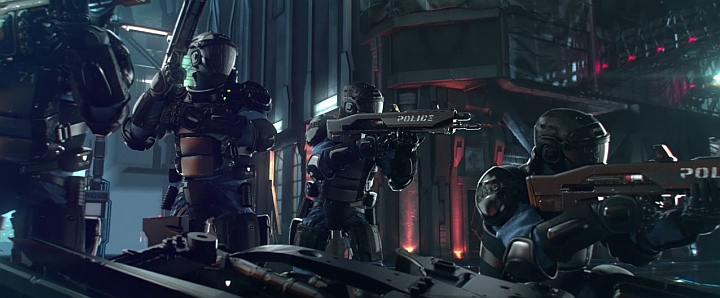

We’re talking about a cyberpunk universe, so implants are a big thing. One could even go so far as to say that the issue of cybernetization is more plainly stated than in Deus Ex. People are eager to obtain as many augmentations as they can, paying no heed to the threat of losing their humanity and descending into madness. Such a case is depicted in the game’s first (and so far the only one) trailer, which also shows an intervention of Psycho Squad – an elite police unit, designed precisely for situations like that.
Let’s get back to the comparison of Cyberpunk 2077 and Deus Ex. Apart from the fact that the design of the game world is a major difference, a contrast will potentially be visible in the combat system – Mike Pondsmith’s world is more violent, and stealthy actions aren’t exactly encouraged – disputes are resolved with guns, and big guns at that; not sneaking past enemies (even though the table-top mechanics suggest high mortality of the protagonist). What’s more, melee weapons play a marginal role – fire arms are the deal; visions of the future similar to that from The Technomancer, for example, where combat is mostly melee, won’t be welcome here. It won’t be The Witcher in futuristic clothes.
And so we’ve reached the next item on our list – the mechanics. In 2012, the devs stated that they would implement the rules of the table-top RPG into the digital world rather faithfully, but today it seems questionable. Modern triple-A RPG productions have been turning away from tons of statistics and numbers for the sake of easily digestible solutions that don’t distract the player from dynamic action, free exploration, cinematic storyline, etc. Describing a character with dozens of parameters would be business as usual in oldschool Shadowrun, but in a modern RPG for the masses? Nope.
Another captivating idea is the multiplayer, which we can pretty much be sure to see in Cyberpunk 2077. The recent news used the adjective “seamless”, i.e. the kind of online play which is seamlessly merged into the single player’s open world (like Watch Dogs or Dark Souls). Will CDPR allow the players to roam Night City with a band of other players; perhaps even do missions together? Such form of multiplayer would establish a nice relation with the tabletop roots of Cyberpunk. Still, let’s not get ahead of ourselves on that matter.
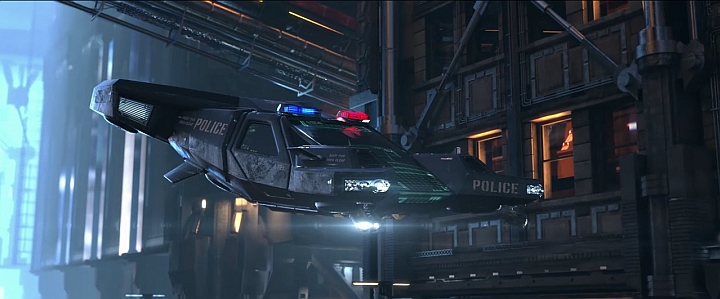
This world doesn’t need heroes either
“As a Cyberpunk, you grab technology by the throat and hang on. You've got interface plugs in your wrists, weapons in your arms, lasers in your eyes, biochip programs in your brain. You became the car you drive, the gun you shot... With cyborged fingers you pick computer locks; with enhanced senses, you see into the Future.”
Quote from the Cyberpunk 2020 manual.
It’s obvious enough that in terms of mechanics, Cyberpunk will be totally different than The Witcher 3, but perhaps even a greater difference will happen story-wise. Should CD Projekt RED really stick to the table-top prototype, we ought to be welcomed by character creation screen at the very beginning of the game. And if the devs want to maintain the same number of variables that are seen in the paper version, the creation tool will have to be bulky.
The protagonists in the world of Cyberpunk are called… cyberpunks (surprise, surprise!). These are individuals with different professions, who only have one thing in common: “Whether it takes committing crimes, defying authority or even outright revolution, the quintessential Cyberpunk character is a rebel with a cause (...) The Essence of Cyberpunk – playing your character with the proper disaffected, cynical yet idealistic style.” (Quote from the Cyberpunk 2020 manual).
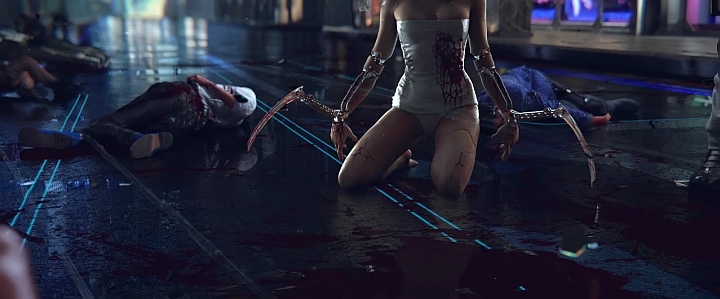
The foundation of character creation in Cyberpunk 2020 are the nine basic roles: Rockman, Netrunner, Solo (freelancers – “more machine than man”), Techies (“renegade mechanics or doctors”), Media, Cop, Corporate, Fixer, and Nomad (a flexible man operating outside the law – middlemen, informant and/or smuggler). This set was modified in 203x, where as many as 26 archetypes were introduced – of which most were brand new – yet there are a lot of fans who perceive the 2020 set as THE set.
Either way, this variety of roles shows that characters in Cyberpunk can occupy very different positions in the society, and don’t necessarily have to be killing machines. Can we expect equally extensive character creation in the game from the Polish studio? After all, the differences boil down to more than just different stats and skill sets – a nice variety of means of problem solving (or, simply put, freedom in shaping the gameplay) should be mandatory in such a case, not to mention the aspect of playing roles, or a huge number of available dialogue choices.
Rules that every cyberpunk lives by:
Style over substance – “It doesn’t matter what you do, as long as you look good doing it.”
Attitude is everything – “Think dangerous; be dangerous.”
Live on the edge – “Throw yourself up against danger and take it head on.”
Even in the old-school, table-top RPGs different character classes or biographies don’t necessarily mean different storyline or dialogues. That’s why we shouldn’t really expect that in a video game, where each dialogue line needs to be recorded and animated. If (and that’s quite an “if”) CD Projekt RED decides to keep that character system in any form, its impact on the most important aspects of the game will probably be minuscule. Besides, we can’t be sure whether REDs will decide to implement this system at all – they may just give us a predetermined protagonist, as they’ve done thus far, perhaps letting the player customize their skills and looks. Such characters can make up for this lack of freedom with well-designed personality. This solution becomes increasingly popular with RPGs (and especially triple-As).
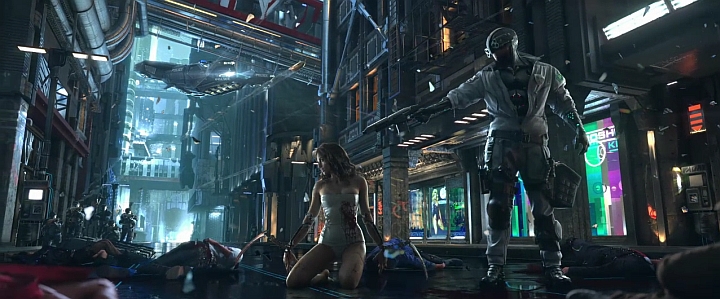
Cyberpunk FTW?
Let’s wrap everything up. Although Mike Pondsmith’s manuals tell a lot about what this game could/should be, we still know virtually nothing concrete about Cyberpunk 2077. Since the game will be set over four decades after the story of the last table-top RPG, it’s hard to guess what sort of universe the developers will give us. We cannot assume anything about the quality of the game either. The Witcher 3 was a splendid game, but the experience reaped by CD Projekt RED during the 8-year reign of the Witcher may not come in especially handy when they have to substitute pseudo-Middle Ages with cyberfuture, swordplay with gunplay, horses with aerodynes, and drowners with robots.
What we can be sure of, however, is that it’s highly unlikely that CD Projekt RED will mar their reputation with releasing anything but a good game. Still, the reality of creating a cyberpunk quasi-shooter is much different from that of creating a fantasy quasi-slasher. Call me a grouch, but I just prefer to look at things from a safe distance than go through another Mafia III experience. Fortunately, some of the most recognizable faces of the video game industry, and pretty experienced with shooters at that, are on board with CD Projekt RED, so we don’t need to worry. Let’s just hope that the game will be released sooner than 2020. Or 2030, for that matter. Or 20-… ah, you get the drill.
